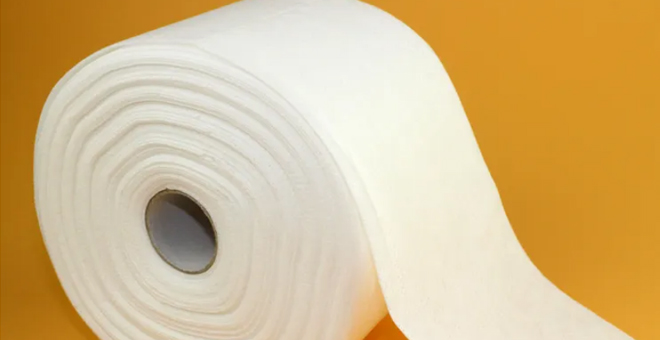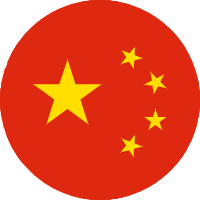TALKING ABOUT THE ENVIRONMENTAL PROTECTION OF NON-WOVEN FABRICS
Company News
Company News
At present, the raw material of most non-woven fabrics is polypropylene, while the raw material of plastic bags is polyethylene. Of course, the two energies have similar names, but their chemical structures are far apart. The chemical composition of polyethylene is very stubborn and difficult to degrade, so it takes 300 years for plastic bags to be decomposed.
However, the chemical layout of polypropylene is not tolerant. The non-woven fabric chain can be broken if it is too complicated, so that it can be effectively degraded and enter the next step in the non-toxic shape. A non-woven shopping bag can be approximately within 90 days. break down. Moreover, the non-woven shopping bag can be repeatedly manipulated more than 10 times, and the pollution degree of the situation after the abolition is only 10% of that of the plastic bag.
1. Transplanting and fake planting of garden trees. Before fake planting of large trees and small seedlings, the non-woven fabrics can be spread in the tree pits and then planted, and then covered with nutrient soil. This method has a high survival rate for planting garden trees and retains water and fertilizer.
2. Covering with floating surface (specification 25-30g/280cm) for growing seedlings in greenhouse and open field in winter. It can prevent the wind from blowing and increase the temperature. The seedbed is compacted with soil on one side of the non-woven fabric, and on the other side is compacted with bricks and soil. You can also use bamboo or thick iron wire to make a small arch shed, cover the non-woven fabric on it, and use bricks or soil to compact the surrounding area for heat preservation. Covered vegetables and flowers need more sunlight, so that they can be uncovered in the morning and covered in the evening. Covering with floating surface can increase the temperature of 10 cm from the ground by about 2°C, and increase the ground temperature by 1-2°C. After covering, vegetables can be marketed 5-7 days earlier, increasing the yield by about 15%.
3. Used as a ceiling. A non-woven fabric is used as a ceiling in greenhouses and greenhouses. The distance between the ceiling and the plastic greenhouse film is 15-20 cm; an insulation layer can be formed, which can increase the temperature in the shed by 3-5°C. It is opened during the day and closed at night. Close tightly to be effective.
4. Cover the outside of the small arch shed (specification 80-100 g/280 cm), instead of straw curtain insulation, which saves 20% of the cost than the straw curtain and greatly extends the service life; it can also be covered with a layer of non-woven fabric on the small arch shed, Cover with plastic film to increase the temperature by 5-8℃.
5. For shading light. Cover the seedling bed directly with non-woven fabric, cover in the morning and uncover it in the evening, which can effectively improve the number of seedlings and the whole seedlings. Vegetables, flower seedlings, and middle seedlings can be directly covered on the seedlings in summer.
6. Before the cold wave comes, directly cover the crops such as tea and flowers that are susceptible to freezing damage with non-woven fabrics, which can effectively reduce the loss of freezing damage.




